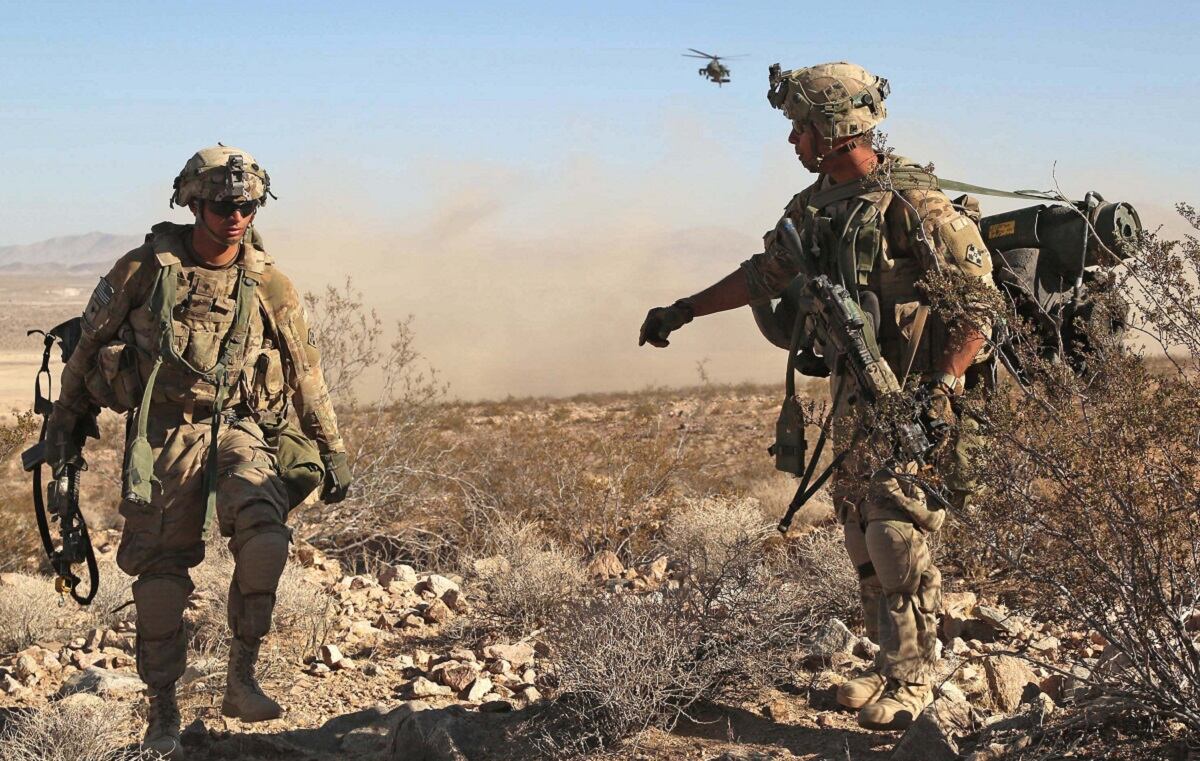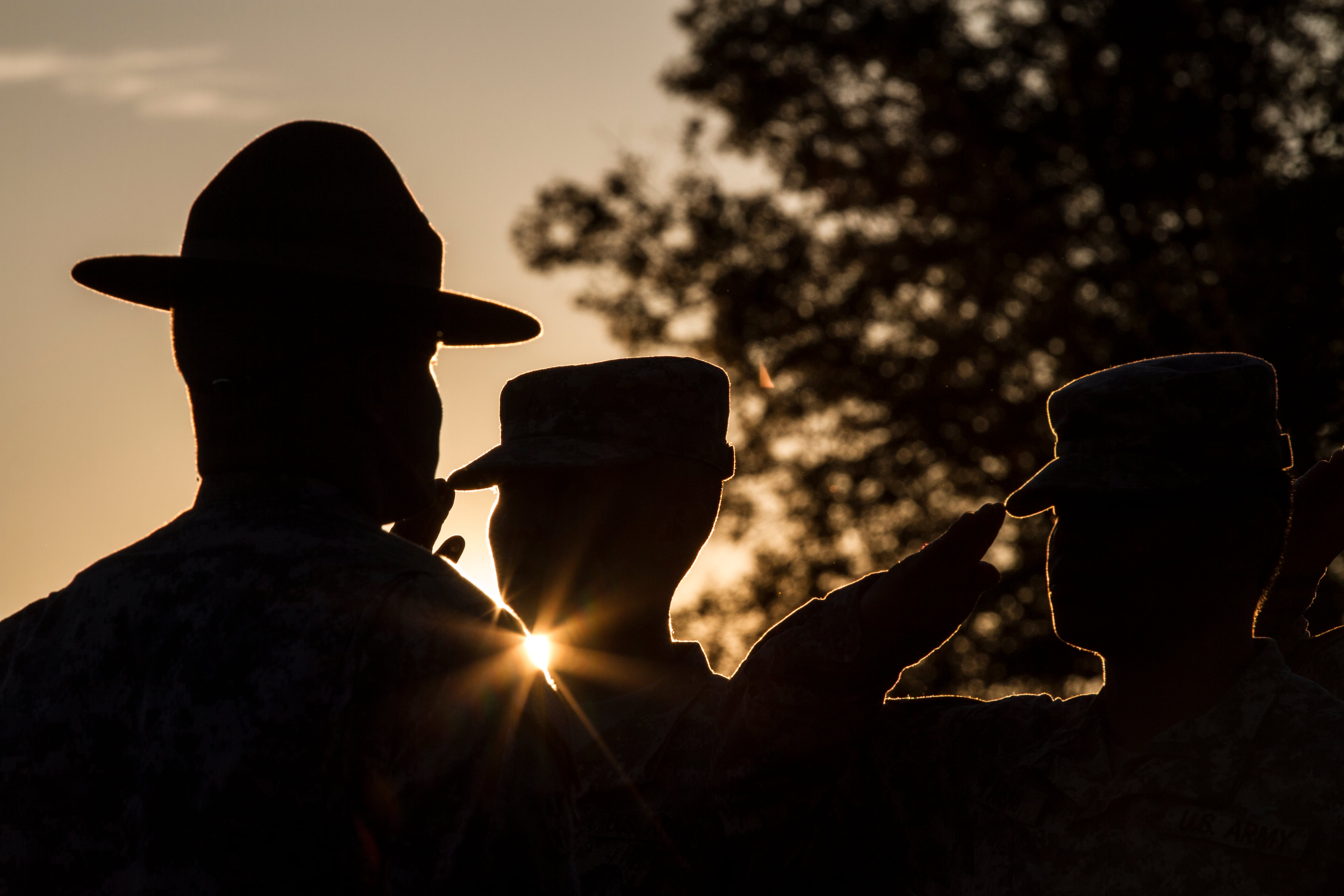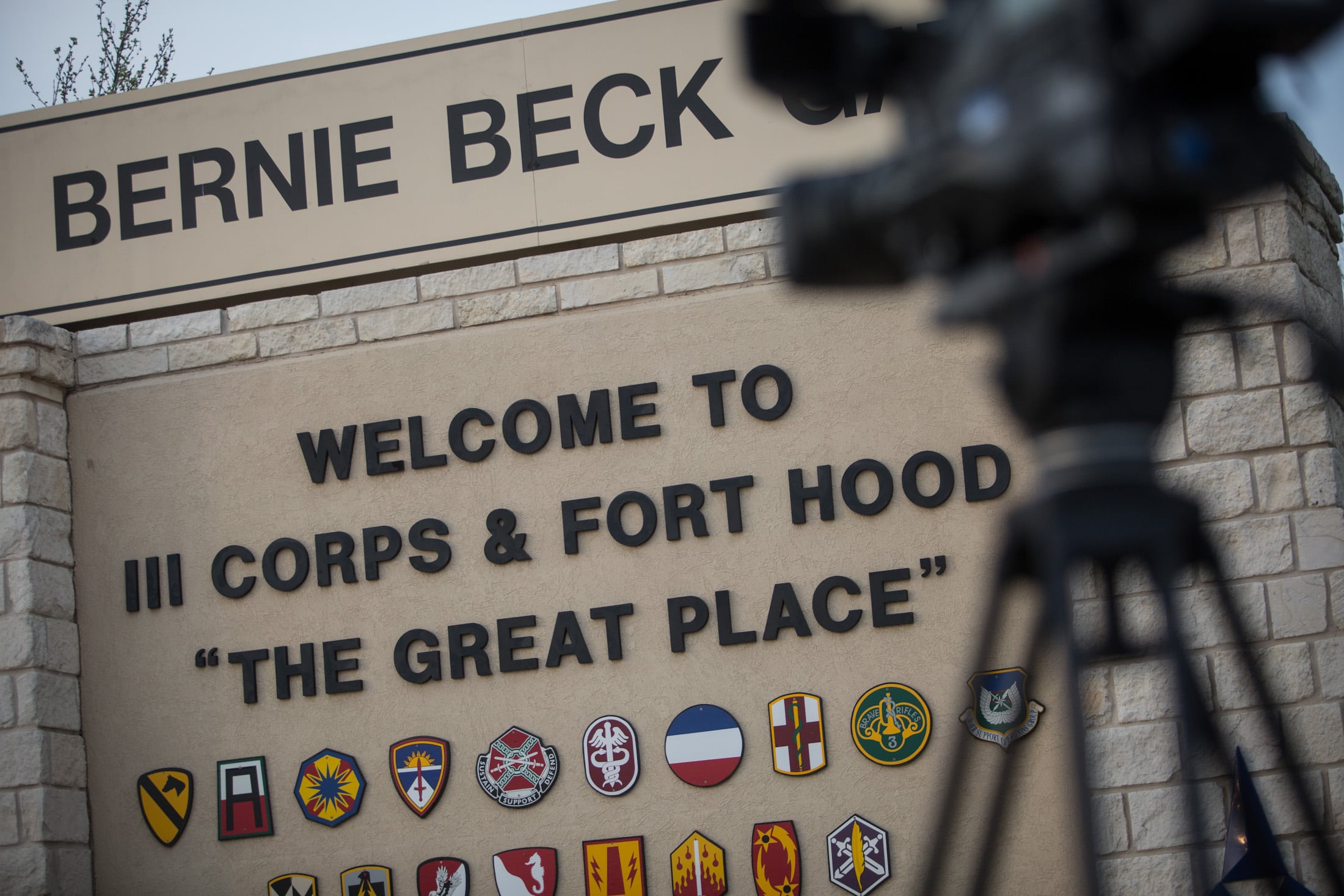The Army has turned a corner after half a decade of throttled budgets ― that’s the message from senior leaders. Readiness is up, modernization is underway and the service is pushing to get the active component up to about 500,000 soldiers by 2022.
But another cliff is looming. The number of 17- to 24-year-olds who are qualified to join the military is dwindling, and beyond that, so is the motivation to serve.
“Funding is vitally important. It is the life blood of the Department of Defense,” said AUSA president retired Gen. Carter Ham, who spent 40 years in the Army and now heads up its biggest professional association. “You can have all the money in the world. You can have all the right equipment in the world. If you do not have the right people, then it is not going to work.”
Army Times sat down with Ham ahead of the Association of the United States Army’s annual meeting. Answers have been edited for brevity.
Q. The Army did not make its 483,500 end strength goal this year. What does that mean going forward?
The Army recruits and trains more people than all the other services combined. It is a big, big enterprise. Having said that, I know the Army is taking a good hard look at, are our practices for building propensity, for recruiting, and for informing influencers – parents, teachers, small business leaders and local government leaders – are all our processes aligned to [appeal to] young people? Mostly, now, we are talking about Generation Z people. The Millennials, almost, have kind of moved on.
For more coverage from the AUSA annual meeting, click here.
Q. Where do they start?
All the sociologists will tell you that this cohort of 17- to 24-year-olds are affected. They digest and process information differently than Millennials. Certainly, it is way different than Gen-Xers and way, way different than us Baby Boomers. I think the Army is looking at ways ― how do I target that? How do I more effectively recruit in areas where the Army has traditionally not recruited? The Army has typically recruited a swath across the south and southeastern portion of the United States very successfully.
That is insufficient moving forward. How does the Army more effectively ― and perhaps maybe inefficiently, maybe purposefully inefficiently ― reach into places where there is not necessarily a strong Army presence, particularly in large cities?
If you operate from the premise that the Army should broadly reflect the nation that it serves, then the Army has to be ever-mindful of that and ever-monitoring how we reach out to specific demographics.
As an institution, are we making ourselves marketable and attractive to an ever more diverse American population? Certainly, at the association we will stand ready and be as helpful as we can. It is a legitimate concern, I think.
The Army wants to grow. In my view, I agree with [Army Chief of Staff] Gen. [Mark] Milley. The Army needs to grow in order to manage its many missions. If you cannot recruit, attract, and retain the quality people that you need, then growing the Army just becomes a pipe dream.
Q. Right, because then who is going to use all of this modernized technology?
Having said that, I think the Army has a great message. I think the Army can improve how it disseminates that message, particularly to what some would call non-traditional audiences.
How do you reach into demographics and other groups? I think we are likely to hear at the annual meeting a lot about how the Army is coming to view talent management. How are they looking differently in recruiting?
This is given just the demographics of the military age-eligible pool. Do all the same rules still apply? Or are there places where maybe a very talented person with something that would otherwise be a disqualifying physical [defect], maybe there is a place for them as an Army civilian, in a role that maybe no longer needs to be performed by a soldier.
Q. The Marines, for instance, have a very clear brand and message: We kill our enemies. For the Army’s, it’s a little more varied.
Because the Army is so big and so diverse, there are so many opportunities and different ways to serve. I think that actually is a strength of the Army.
Certainly, for a young man or young woman across the country who is attracted to the ground combat arms, then the Army infantry, artillery, combat engineers ― “I want to be a Ranger,” or, “I want to be a Marine” ― that is a certain segment of folks that are going to be attracted to that.
We have so many others. Do you want to be a veterinary technician? Do you want to be an x-ray specialist? Do you want to be an air traffic controller? Do you want to be a cook? I mean, whatever you want to do in life – do you want to be a chaplain? Whatever you want to do, there is probably a role for you in the United States Army.
I think the Army has to take advantage of that opportunity. It is not that we are for everybody. We are not. Some people just are not suited to serve in the armed forces. But if you have an inclination to serve the country, and if you would like to be part of something that is larger than yourself, we have a place for you. I think the Army is going to build on that.
Q. How do recruiters, and regular soldiers, get that message out?
The real question is, do you enjoy being a soldier? Has that been fulfilling to you and to your family? If the answer to that is yes, ... that is going to come across loud and clear.
It is the genuine love of soldiering. It is the confidence that comes from being part of a team, from knowing that your contribution makes a difference. Those kinds of constant themes, irrespective of ones’ particular military occupational specialty; those things will come through.
I am quite obviously prejudiced in my views. I truly love the other services. I spent a vast majority of my time in joint assignments. We have to have the best Marine Corps, the best Navy, the best Navy, the best Air Force and the best Coast Guard.
Of all of those, I think the Army is the service that is most from the people. It is the most reflective of American society. I think we ought to build on that.
Meghann Myers is the Pentagon bureau chief at Military Times. She covers operations, policy, personnel, leadership and other issues affecting service members.





